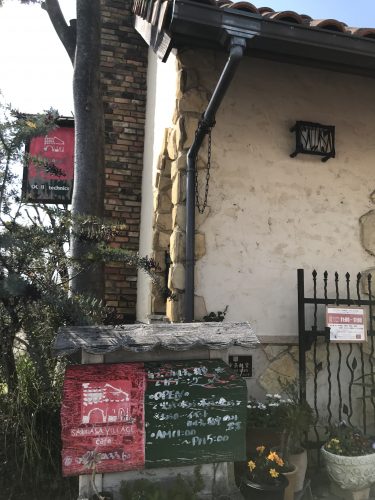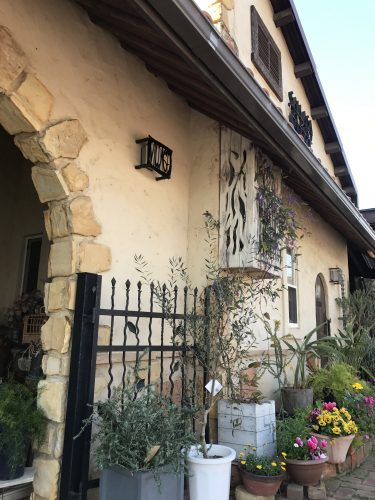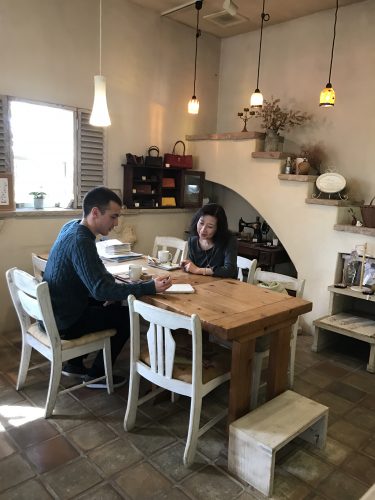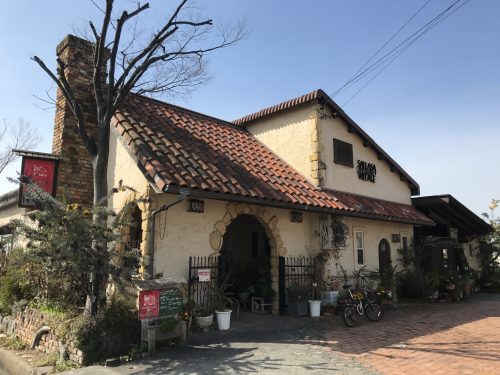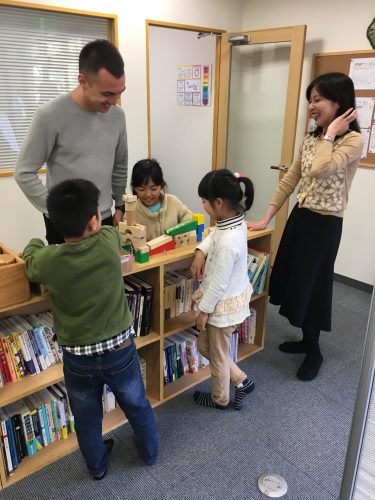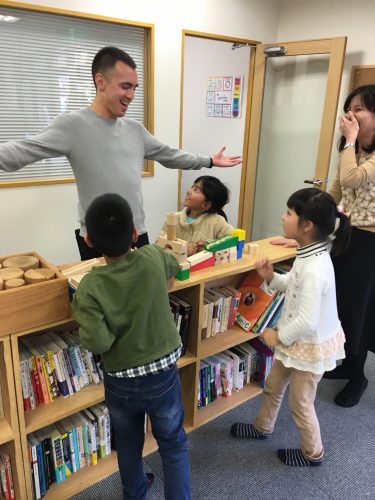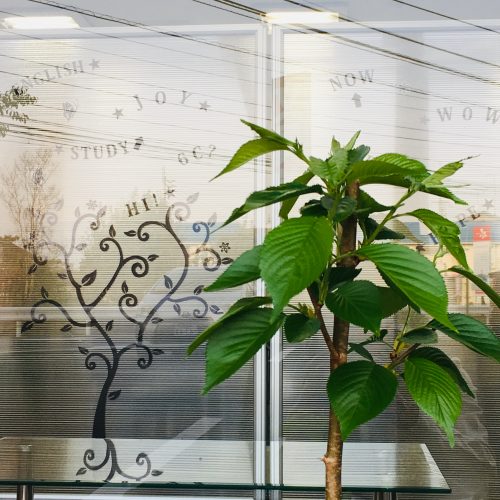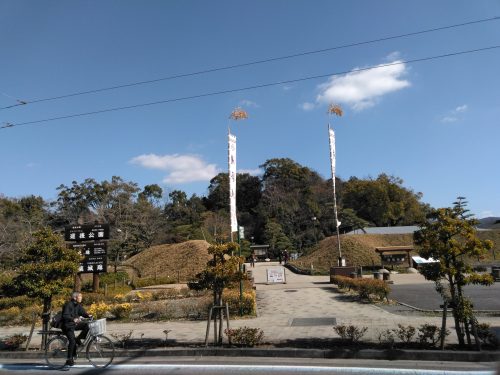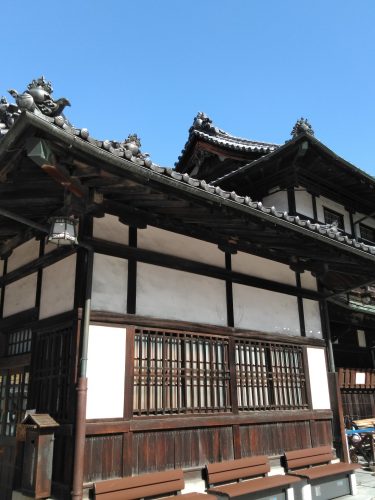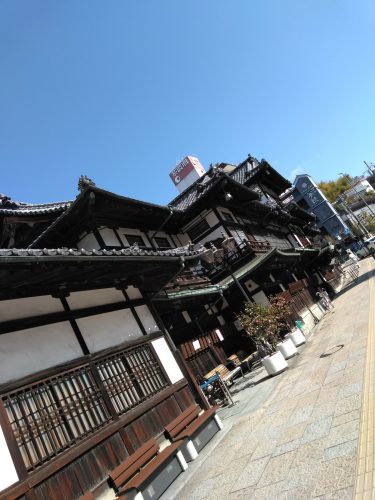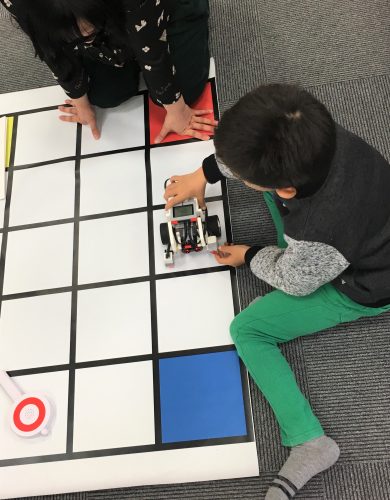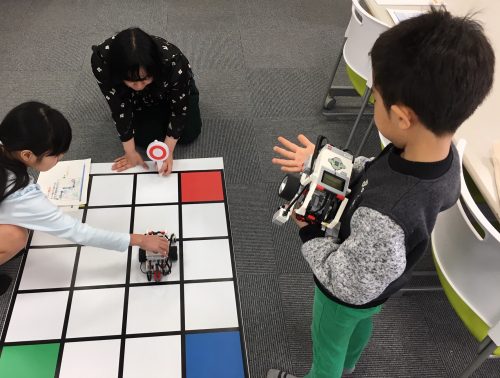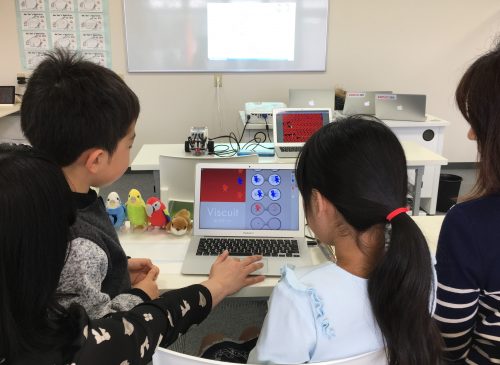ブログ
They are all growing up so fast!
英会話 英語 アミック My first visit to Dogo
I arrived in Matsuyama in January 2019. Prior to my arrival, I had done some research about the city. Almost all the websites and articles I had found, did mention two must see landmarks: Dogo onsen and the Matsuyama castle. There were so many pictures as well as online travel guides for those two places.
Some time after my arrival, I decided to explore the city a bit. As the weather was quite cold, I started with Dogo onsen which was in the walking distance from where I live. So on a nice Monday morning, I put on my warm coat and wore my sneakers and started my first adventure in Matsuyama. First thing I saw on my way to Dogo onsen, was Dogo park which I found quite peaceful and beautiful. I remember I kept wondering how mesmerizing the park would look in spring.
Finally, I got to the onsen and all the nice narrow streets around it. The streets were filled with different kinds of stores such as souvenir and sweet shops. I could see locals as well as travellers walking down the streets enjoying all kinds of snacks and sweets. I got to the Dogo onsen. The building’s traditional structure makes it distinct from its surroundings. So many people were posing for photos in front of the building. I enjoyed walking around the neighbourhood for about an hour and had a nice cup of coffee before I headed back home.
My first visit to Dogo was very nice and enjoyable. I really look forward to seeing the neighbourhood when cherry blossoms bloom and trees put their pretty green gowns on.
プログラミング
Hanami Approaches・英会話・英語 アミック
In about a week or so the Japanese cherry blossoms will be nearing full bloom and the landscape will be transformed into something a bit more enchanting for a brief period. Seeing these blossoms always signals a positive change and growth for me personally as well as a bit of excitement not only for the beauty of the flowers but also for the approaching warmth in the months to follow. I know there is usually a bittersweet association to the symbolism of these flowers in Japanese culture, but as an American I seem to only feel positively at their sight.
I don’t have any specific plans to enjoy hanami yet but I would really like to have a barbecue and enjoy the sights at night in a comfortable park with friends if possible. Do you have any special plans for hanami this year?
Joe
英会話 英語 アミック Mochi, Daifuku or Dango?
I had tried Mochi long before coming to Japan. First time I tried Mochi was in Bangkok in 2010. It was love at first sight or more like love at first taste. I remember how excited I was when trying to describe that amazing sweet to my sister.
“It’s round and soft and chewy! Smells like rice! There are so many flavors and fillings! It is so cool.”
Since that day, I have been looking for “mochi” wherever I have travelled and I have been amazingly surprised by the diversity that different shops offer. So all through those years I had assumed that any round and chewy rice ball sweet was called mochi! And then I arrived in Japan and I went to the supermarket to try my first real Japanese mochi. I was standing there in awe for minutes and minutes, staring at all those rice balls in different colors and sizes. “Oops! Are these all mochi?” I wondered. I picked 5 or 6 different types and went back home. They all tasted great and different. Using online translator, I realized not all of them were called mochi! “What does this mean?” So I did some research and suddenly I thought “eureka! Found it!” Not all of them are mochi. I had mochi, daifuku and dango.
Mochi is made from glutinous rice. It is round, chewy and white and definitely not sweet. It meant that all those colorful and sweet “mochi” I had all those years ago were not mochi really. They were dango or daifuku which are mochi with additive colors and sweeteners.
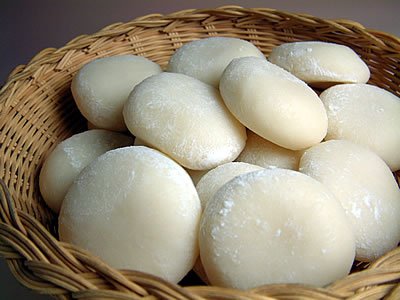
mochi
Then I also realized that dango and mochi are almost the same. While mochi is made from rice, dango is made from mochiko. Wondering how I can tell the difference, I found out that dango is usually made into small balls on a stick.
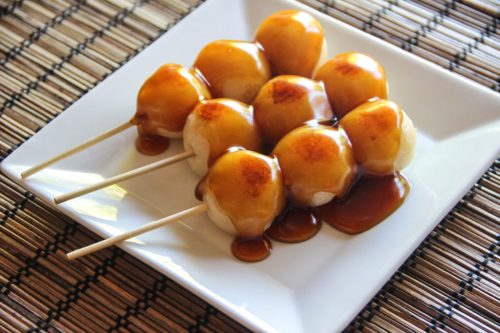
dango
Then there is daifuku which can be in different colors and has fillings like anko or strawberries. Yes! This is it! This is the one I fell in love with all those years ago. I feel so happy to have cleared this one mystery; however, there is more to come.
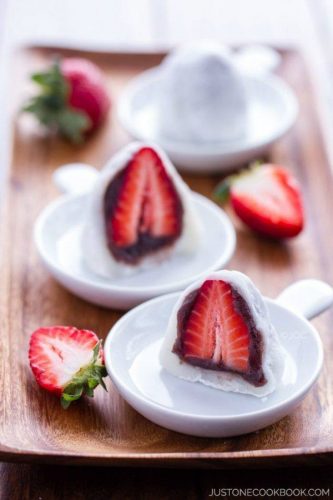
daifuku
I think everybody around me already knows how much I love sweets. So I keep getting recommendations especially from my very nice Japanese friends here about what to try next. So the journey goes on!
英会話 英語 アミック First time at a Japanese movie theater!
I’ve been in Japan for just about two months now and, as someone who unfortunately speaks zero Japanese, every new “first” still feels like a big accomplishment! This weekend I had a very satisfying “first”— for the first time, I went to see a movie in a Japanese theater, all by myself! And yes, I was careful to make sure that it was only the subtitles were in Japanese and all the audio was in English, but the experience was definitely interesting. Overall, it was very similar to theaters I’ve seen in the U.S.A. and Canada, but I did notice a couple of differences: firstly, I was a little surprised that they asked us to wait until 15 or 20 minutes before the start of the movie to go into the theater. I’m so used to that time being used for advertisements and extra “sneak peeks” (special interviews, trailers and additional information on movies that will be released soon). I was also surprised by the theater itself. The screen was much higher on the wall than I was expecting, and the seats were much lower. The stairs were not nearly as steep. The seats were very comfortable, though, and since it was a quiet day, the theater was not too crowded.
The movie that I took such a special trip out to see was Captain Marvel— and it was definitely worth it! The movie was fun, interesting, and had a fantastic female hero. I definitely recommend it to anyone who likes Marvel movies, superheroes, or fun, action-packed adventures!
Maybe next time I’ll see if I can find a real Japanese movie with English subtitles– after all, movies, music, and TV shows are a useful and fun way to practice listening in a foreign language. Next time you watch your favorite movie on DVD or on Netflix, try changing the language to English and see how much you can pick up!


ギリシャ神話から英語を学ぶ
英語を習得するのに、単語や文法をひたすらに暗記するやり方では、大抵の皆さんにとっては楽しみというより苦痛になるのではないでしょうか
言語習得というのは、もっとエキサイティングでワクワクさせてくれるものであればあるほど、もっと知りたいという学びの歯車がうまく回転していくものです
今回、英語学習とは全く関係ない絵画を通してある言葉を知った時のワクワクをここで共有したいと思います
あるイタリア映画にPlato(プラトン)、Heraclitus(ヘラクレイトス)、Thucydides(トゥキディデス)などギリシャの哲学者、歴史家といった名が「知ってて当然」の如く出現し「何も知らない」となった私は、哲学書はさすがに敷居が高いと思い、まずはギリシャ繋がりでギリシャ神話から入りました
そこで注意を引いたのがこちら。
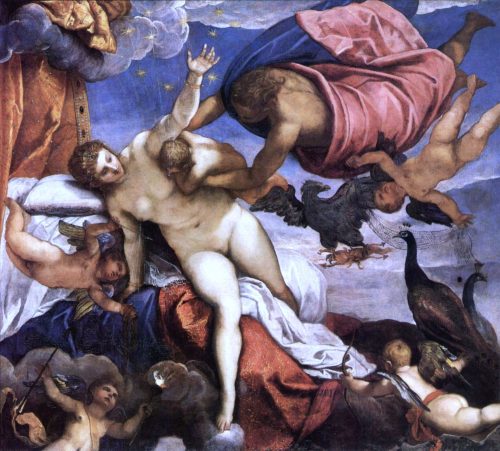
天界を支配する神ゼウスが赤子を抱きその正妻ヘラの乳を飲ませようと吸いつく赤子をヘラが振り切ろうとしている。なぜ振り切るかというと、赤子はゼウスの愛人との子であり、乳を飲ませる理由も飲むと不死になるとのことでその力を与えようとしており、更にこの赤子も半分は神の子だけあり物凄い力で乳を吸ったものだから、ヘラは痛みに目を覚まし、このようにてんやわんや状態になったそうな。。神々の神聖なる神話といえど威厳はあまり感じられず、半分コメディーっぽくそれだけでも楽しめます
それはさておき、この絵がどう英語と関係あるかというと、よーく見て頂きたいのはヘラの左胸からほとばしった乳はスプリンクラーの水みたいに上空へ飛び散り、いくつもの星に変わってゆき、ついには天の川となったそうな
ミルクの道(Milky Way) ないし銀河(「galaxy」とはギリシャ語の乳「gala」からきている)と呼ばれるのはそのため
日本の、ほのかに哀しい七夕伝説とは随分違う。。西洋人にとってみればヘラの母乳もロマンチックの対象なのかどうかは謎です。
そこからMilky Wayに繋がるなんてギリシャ神話おもしろ〜い
言語学習においては、一つのメソッドに固執するのではなく、色んな分野を行ったり来たり、揺らぎの中で興味を引くものを少し深く探っていくのは大事かなと個人的には感じているところです。
皆さんにとって英語学習が楽しいものでありますように⭐︎
Feeling merry
There were some cherry blossom trees in New Zealand too, but not many.
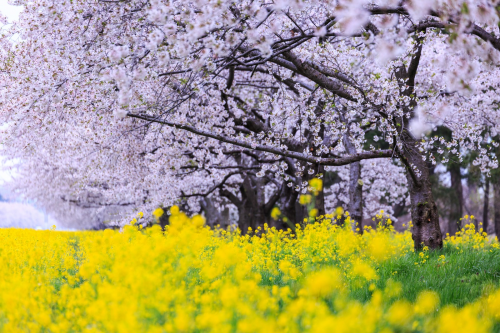
英会話 英語 アミック Doll’s Day / Girls’ day (Hinamatsuri)
Hinamatsuri (Girls’ day) is celebrated on March the 3rd every year. Ornamental Dolls placed on a red carpet representing the Emperor and Empress, attendants and musicians.
I’d heard about Hinamatsuri in Kumakogen, so I drove there yesterday. All the shops and houses in one road displayed the dolls. However, residents have been creative and added more stuff to the display.
Please have a look at the photos below:
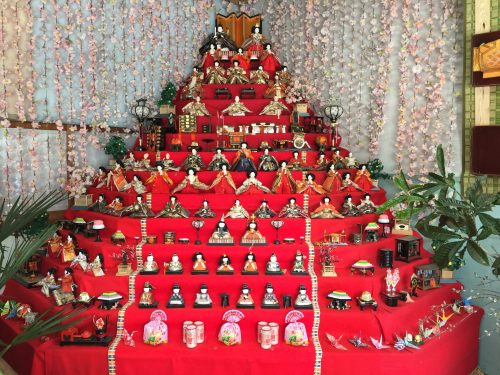
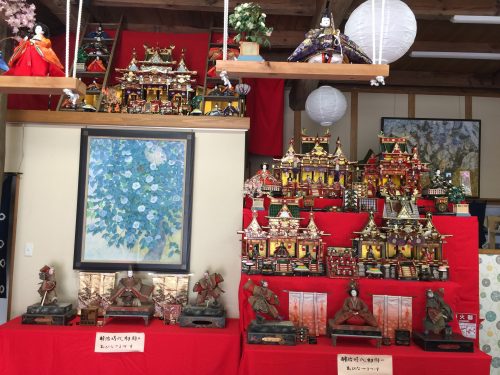
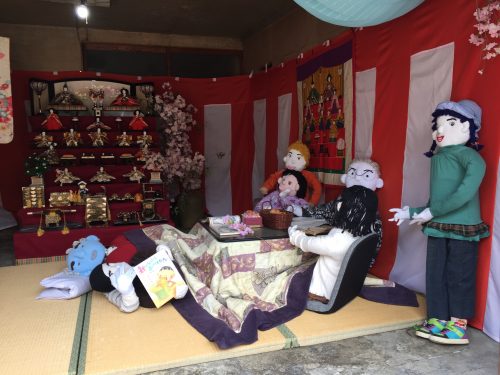
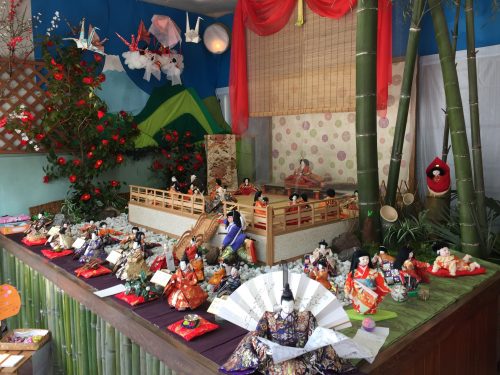
余戸SALLASA CAFE Lesson
